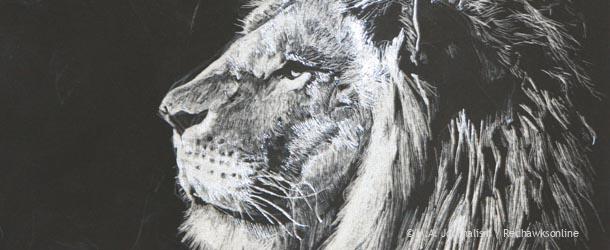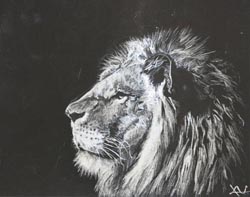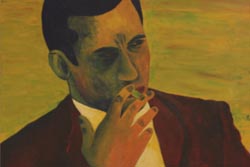AP Studio Art students try to find their own style through creating portfolios in place of an exam
There is something that all singers, writers, and artists alike need: their voice.
Metaphorically speaking in the latter cases, an artist’s voice is their style or how their work “speaks” to themselves and those who see it.
In AP Studio Art, instead of taking a final test or exam, the students turn in a portfolio of their work created throughout the year. Their voice plays an important part in the scoring of this portfolio.
Scoring
The College Board, which administers Advanced Placement courses, defines excellent development of an artist’s voice (earning a score of 6 out of 6 in this category) this way: “Any apparent appropriation of published or photographic sources or the work of other artists clearly provides a visual reference that is transformed in the service of a larger, personal vision in which the student’s ‘voice’ is prominent.”
For a score of 3: “If published or photographic sources or the work of other artists are appropriated, the work appears to be nearly direct reproductions; even if the work is skillfully rendered, the student’s ‘voice’ and the individual transformation of the images are minimal.”
And at the minimum level (1 out of 6): “The works are obviously direct, poorly rendered copies of published or photographic sources or the work of other artists; there is no discernible student ‘voice’ or individual transformation.”
MA Voices
Students in the AP Studio Art class have found their voices emerging in their work.
“I would describe my artistic style the same way I would describe my personality,” said junior Krista Victorsen. “I like to draw realistic drawings, but I draw detail through the way I see the entire object.”
Tierney McDonald, a senior, finds that mixing media helps her express her ideas.
“I love photography, too, so I like to take my photos and turn them into a painting,” she said. “I used to try to copy the photo perfectly, but since starting AP Studio Art I’ve become more bold with my colors and pushed the boundaries of reality. Like, recently, I painted a photo of Jon Hamm, and he has yellow and red skin and blue hair. It’s realistic but also unique and sets my art apart from others.”
Junior Bekka Welsh noted that her style relates directly to her artistic goals.
“If a 5-year-old was to look at one of my paintings, he or she would be like, ‘oh, that’s really messy,'” she said. “I go to hit emotions, hit deep … to make people relate.”
What does it take?
Every piece of artwork tells a story, and what tells it is the voice of the artist. But finding that voice isn’t easy.
“It takes time, and it takes failures,” said AP Studio Art teacher Nathan Stromberg. “As an artist, you’re constantly trying to figure out what you do. You find it by working – a lot.”
Stromberg is himself an artist along with being a teacher.
“Even though I’m a teacher,” he said, “I still spend a lot of time making art. I’ll work late hours.”
Many things can be found in many different places. The life of an artist can and will be full of ups, downs and lots of failures.
“It takes a special person,” said Stromberg. “Someone who’s incredibly highly motivated [with a] super-high standard of excellence with themselves. And this class [AP Studio Art] kind of teaches that and teaches you to work individually. It really is a college-level course.”




